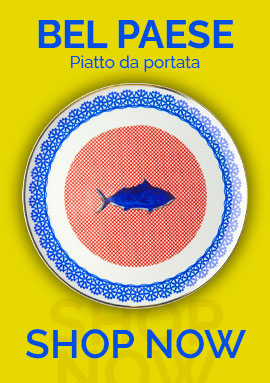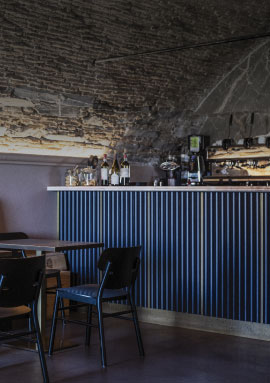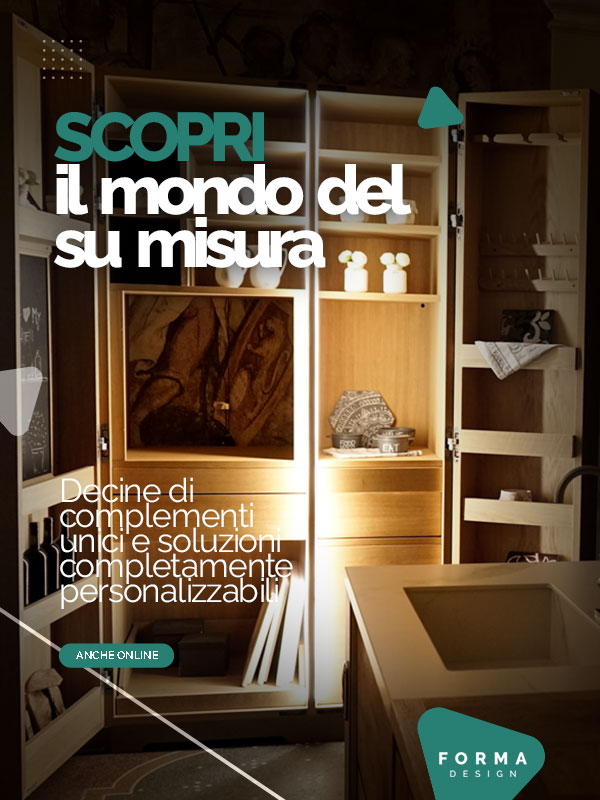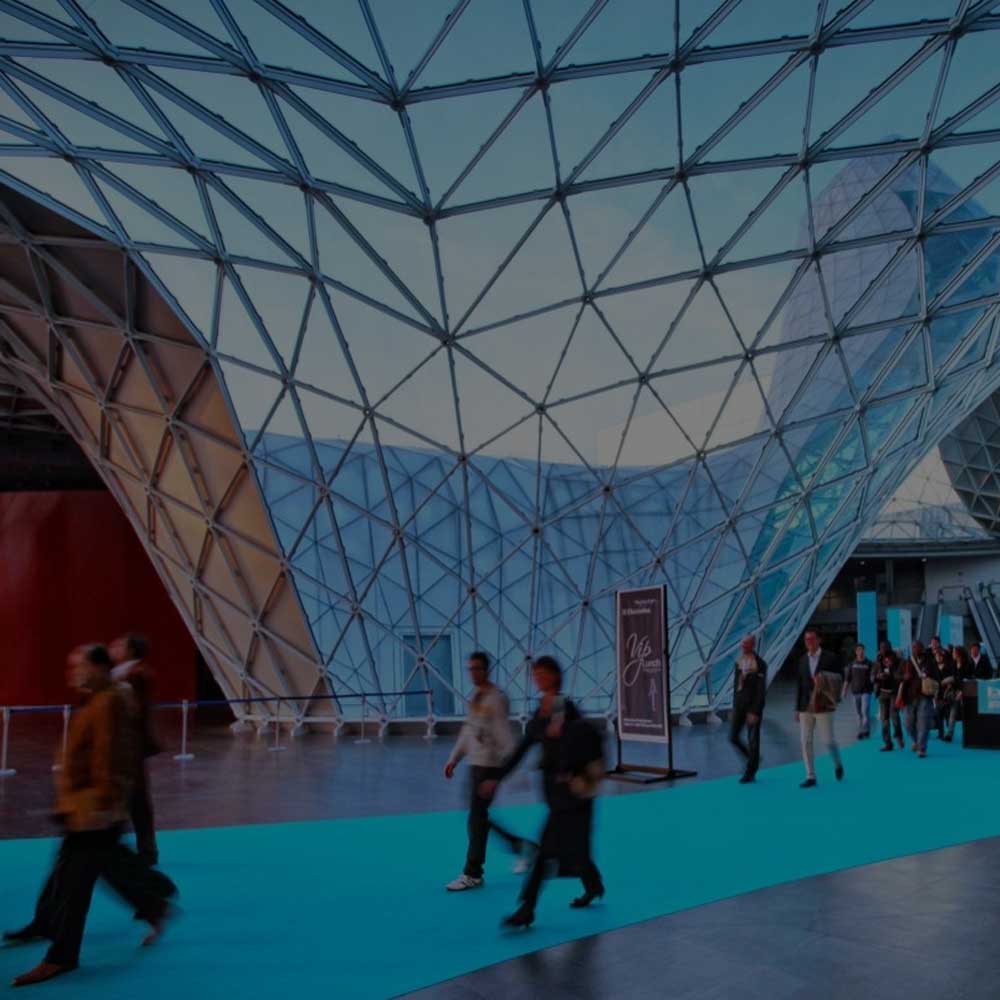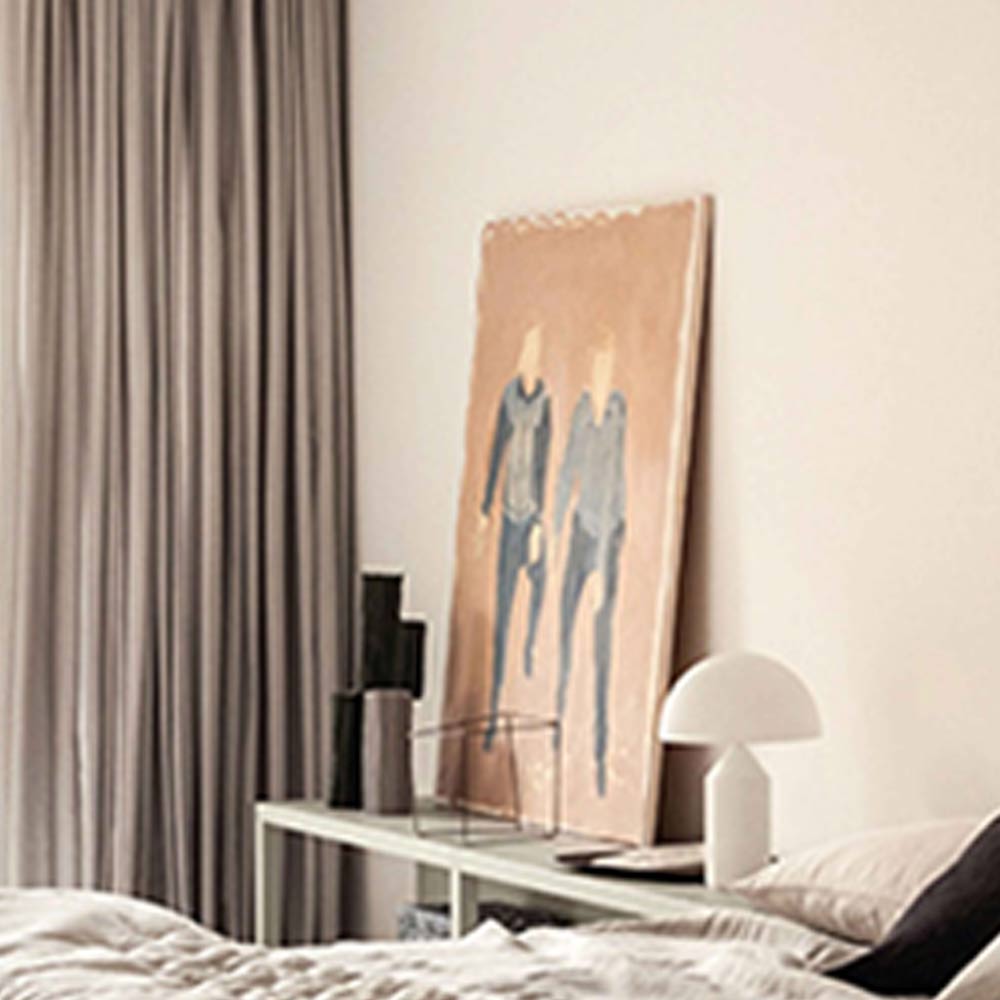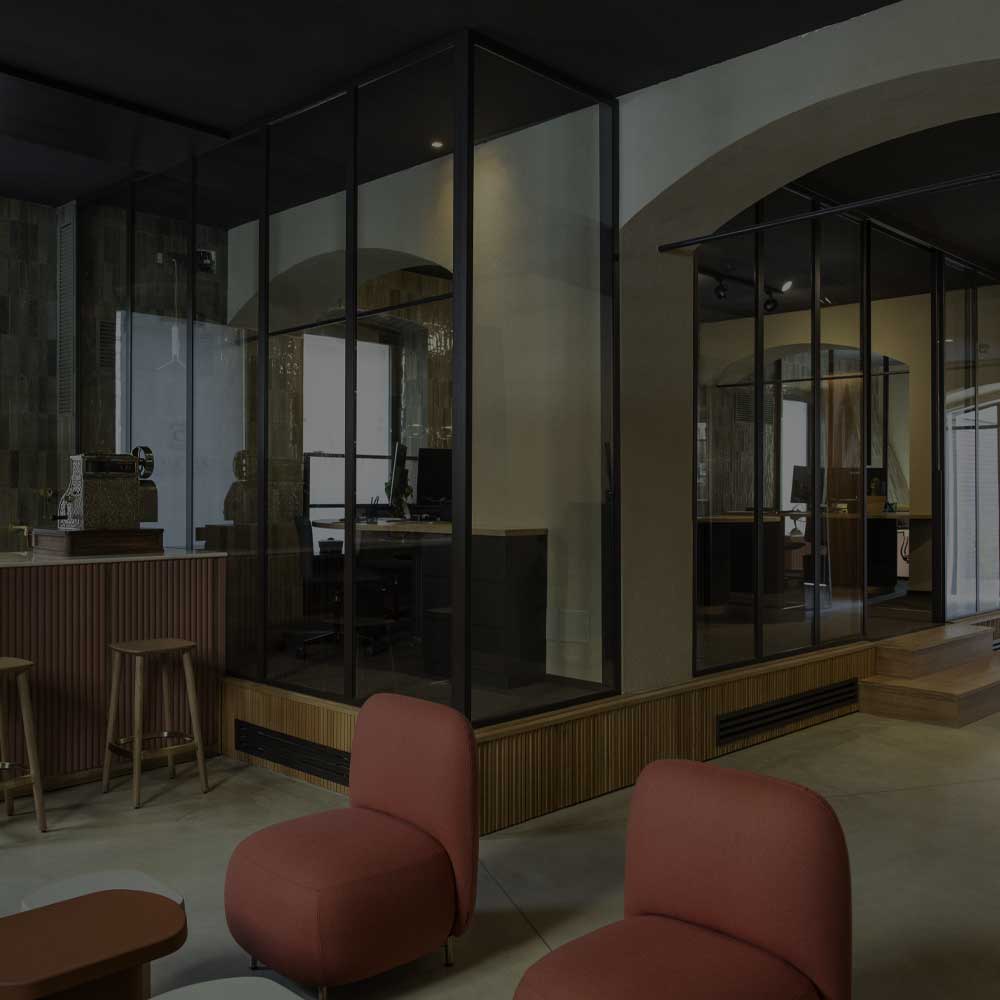I have never believed in the silence of objects. It’s all about the ear. Pull up to a chair and you’ll hear how many things he has to say.
Fabrizio Caramagna
The chair is an object that serves a more varied purpose – to sit in one of the many ways – which is closely related to the environment in which it is located:
The chair is that thing made up of a few legs, a seat and a backrest. The chair is a chair, an armchair, a sofa, a pouf, a bench and a seat. The chair is a space encumbrance inside all houses.
Alessandro Mendini
There are many types of chairs because the function of sitting is not simple but rich in variations (sitting straight in front of a table for lunch or writing, bending down next to a table to draw, leaning back to rest) and because the requirements of the artifact, comfort, solidity, manageability, durability, value must be commensurate with the environment for which they are intended, not to mention the objective differences trigger subjective preferences. For many years, architects and design have turned their attention to this object which, despite its basic anthropometric measures (which thanks to Le Corbusier with the Modulor – its scale of proportions based on the golden section – has improved the architecture both in its aesthetics and in its functionality) they have designed in thousands of models, all different respecting those proportions that have made and render a harmonious environment perfectly in accordance with the standard measurements of the human body. Despite this, says Bruno Munari, we still continue to design chairs and armchairs as if up to now everything had been wrong.
The chair is in fact one of the most complex objects to design and, during the twentieth century (especially from the 20s to the 60s), the most excellent minds in terms of design have decided to try their hand at reinventing this simple element, useful but also ancient.
They can be made in worked, curved, printed, embedded, drawn, screwed, glued, dry mounted, sandblasted, stained, painted in various ways wood. Or in welded, bent, burnished, enameled, chromed, nickel-plated, stamped, rubber-coated, magnetised, brass-plated, copper-plated iron. Profiled, tubular, in various sections, square, rectangular etc. In anodized aluminum, steel and colored wood, natural, turned plate, cast iron, curved wicker, rattan, wicker, deer antlers, etc. many materials to give vent to one’s imagination fed by colors and types of fabric coverings, fur from velveteen to straw to travertine.
In steel and wood, the Standard chair is reminiscent of the typical classroom chairs. Designed by Jean Prouvé in 1934, this chair has a structure designed in such a way as to let the weight of those seated on the rear pair of legs be unloaded while the front legs, thin and in steel, suggest a touch of elegance. Over the years the Standard chair has been produced in many variations of materials and techniques and some prototypes can be found at Moma in NewYork.
Saul Steinberg, a New York artist, drew some imaginative ones, such as the anthropomorphic ones, and in ’51 he painted a naked woman on a fiberglass armchair by Eames with a brush. Thus he breaks a taboo by refreshing the iconic aspect with his imagination.
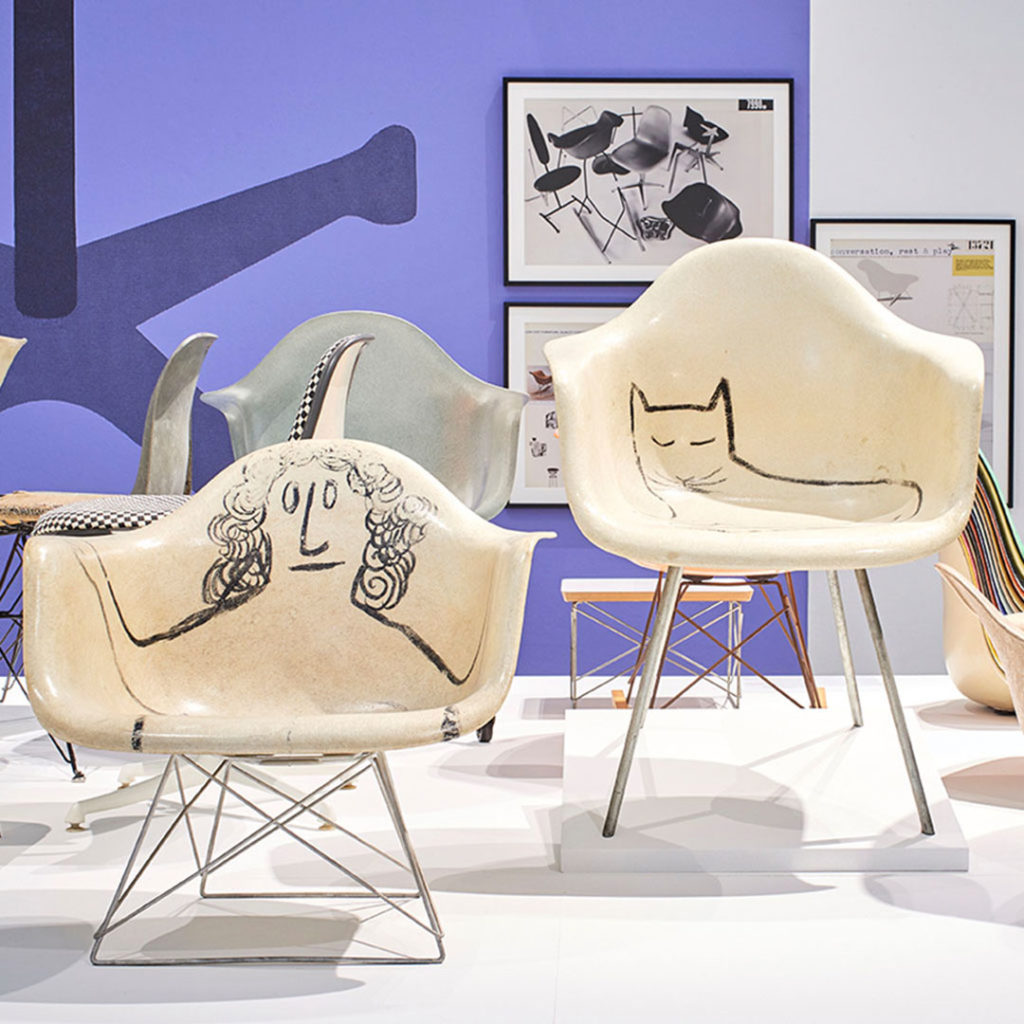
The life of a creative man is led, directed and controlled by boredom. Avoiding boredom is one of our most important goals.
Saul Steinberg
If we think of bent wood to make a chair it is easy to come to have a common thought that leads us to the famous Thonet chair mod.18. It is with this armchair that the turning point takes place that at the beginning of the 1900s introduces us to modern furniture. And it is with modern furniture that design in furniture originates.
The measurements of this chair are the same as the previous Thonet mod.14 (total height 88 cm, seat height 46 cm, seat diameter 41 cm) Michael Thonet patented the process for hot bending wood in 1830 and his industry was enabled in Vienna in 1841, in Moravia 1850, and began the production of these simple structure chairs loved not only by Le Corbusier but also by artists such as Picasso, Fellini, Matisse, etc.
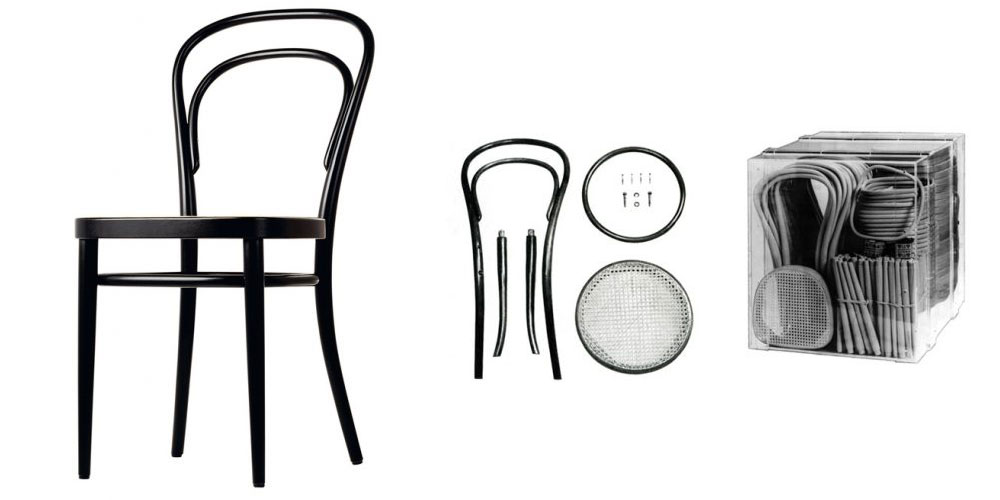
In the 1920s, the flexible steel tube revolutionized the design of the chair. Most modern architects have tried their hand at this type of material, creating models that have become famous. Like Eileen Gray, Marc Stam, Mies Van Der Rohe. And the 1926 “Cesca” chair in steel and Vienna straw by Marcel Breuer is evidently a reinterpretation of Thonet’s 14 chair. Marcel Breuer was not the only one to make this archetype another cult piece of furniture.
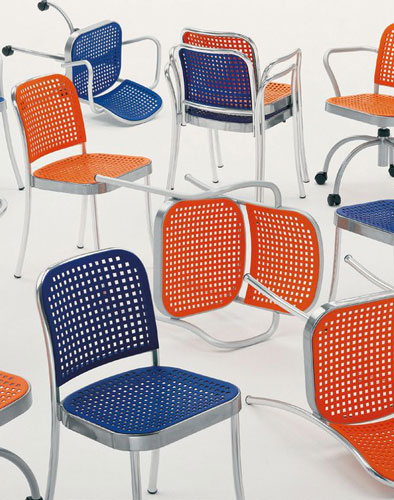
In fact, like him, Ludovico, also known as Vico Magistretti, did not shirk this challenge due to his deep love for those “normal things” that almost go unnoticed but enrich everyday life. “I thought it would be a great idea to use it and reinvent it, also because I have always loved Thonet chairs, even though they are no longer made of wood and straw …” said the designer.
“At the same time it is a tribute to other objects that we often encounter in everyday life: I am referring in particular to the baskets used for eggs in the Tokyo market in Japan, with their square holes that I loved very much and from which I took inspiration. for the seat and back of this chair. “
Red is a color that undoubtedly distinguishes him in all his creations from the “red cloud” bookcase, the “eclipse” lamp, the “Selene” chair and the “Carimate” armchair. Red that used with its own primary colors and black will give life to the famous chair in 1918: Rood-blauwe stoel by Thomas Rietveld inspired by the works of Mondrian which seem to come out of the top in an anthropomorphic form to satisfy that visionary desire for design “Useful and social” and the taste of DIY, always tending to the simplicity of construction and trying to conceive its creations for serial reproduction. The frame is made up of 15 black lacquered wooden slats with yellow headboards, surmounted one on top of the other to form a vertical and horizontal linear structure, aimed at containing two plywood boards respectively lacquered in red, the backrest – and in blue, the seat . The stiffness of the seat, comfortable enough for relaxation, but not adequate for sleep, makes the piece of furniture ideal for reading and meditation.
A material that characterized the chairs of the twentieth century is laminated wood and we find it in some models by Charles Eames, Alvar Aalto and Jesus Gasca. One of the most famous is the 3107 designed by Arne Jacobsen for Fritz Hansen.
An iconic chair is the “Superleggera”: 1.7 grams, designed by Gio Ponti in 1955 and made in collaboration with Amedeo Cassina’s children in 1957 in their company, the year from which it has never stopped being produced. Chair that he liked to say was: “just a chair”, simple, rational, stylistically comfortable, solid but light, a chair for everyone. A project that fully fulfills the structural-functional requirement.
As mentioned at the beginning by Bruno Munari – also the creator of some chairs – there are many structural and finishing materials possible to design other models. In the Art Noveau it is customary to find lacquered wood like those of the designers C.R. Mackintosh and Joseph Hoffman, in synthetic fibers with a harmonious shape such as the Bluebelle by Ross Lovegrove and the Famosa Tulipàn by Eero Saarinen.
We find wicker chairs designed by: Tom Dixon with the famous “S” then “Atlantide” by Miki Astori, “Miss B” by P. Antonio Bonacina, “Lisa” by Pete Sans and “Fina Filippina” by Oscar Tusquets.
There are just as many upholstered in fabric: the “Greystoke” by Alfredo Arribas and Nicola Habitat, “Marsina” by M. Ramazzotti, “Fido” by Toshiyuki Kita and “Tv-chair” by Marc Newson.
Folders such as “Camp”, “Square” and “Macadam” designed by Antonio Citterio for Kartell together with “Dolly”.
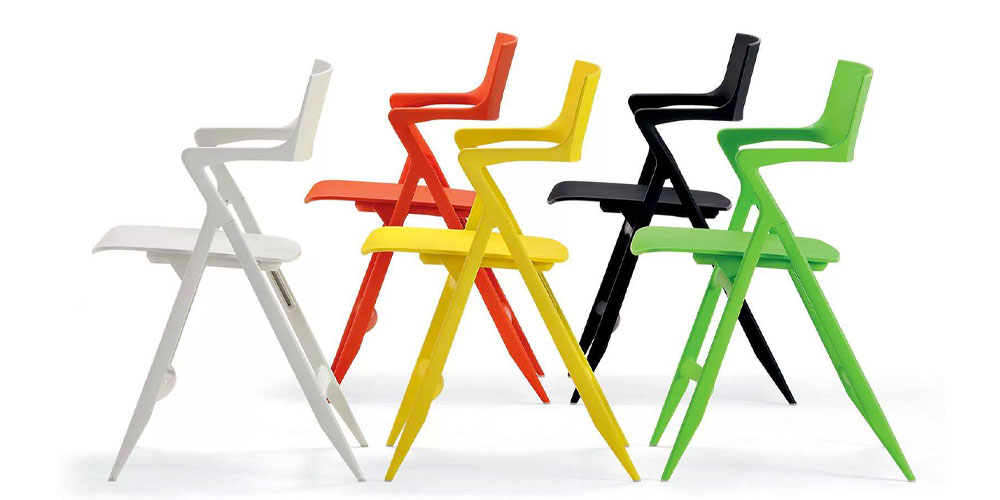
Speaking of folding chairs, a curiosity this time comes from the world of cartoons with the: “Homer Simpson chair” where in a historic episode of the series, Homer wants to emulate Thomas Edison as an inventor and after several failures, unwittingly creates a chair that if you he was losing his balance backwards, two additional hinged legs, opening by gravity, block the fall.

